Bootstrap v5.0
Min-width
Bootstrap primarily uses the following media query ranges—or breakpoints—in our source Sass files for our layout, grid system, and components.
// Source mixins
// No media query necessary for xs breakpoint as it's effectively `@media (min-width: 0) { ... }`
@include media-breakpoint-up(sm) { ... }
@include media-breakpoint-up(md) { ... }
@include media-breakpoint-up(lg) { ... }
@include media-breakpoint-up(xl) { ... }
@include media-breakpoint-up(xxl) { ... }
// Usage
// Example: Hide starting at `min-width: 0`, and then show at the `sm` breakpoint
.custom-class {
display: none;
}
@include media-breakpoint-up(sm) {
.custom-class {
display: block;
}
}
These Sass mixins translate in our compiled CSS using the values declared in our Sass variables. For example:
// X-Small devices (portrait phones, less than 576px)
// No media query for `xs` since this is the default in Bootstrap
// Small devices (landscape phones, 576px and up)
@media (min-width: 576px) { ... }
// Medium devices (tablets, 768px and up)
@media (min-width: 768px) { ... }
// Large devices (desktops, 992px and up)
@media (min-width: 992px) { ... }
// X-Large devices (large desktops, 1200px and up)
@media (min-width: 1200px) { ... }
// XX-Large devices (larger desktops, 1400px and up)
@media (min-width: 1400px) { ... }
Max-width
We occasionally use media queries that go in the other direction (the given screen size or smaller):Copy
// No media query necessary for xs breakpoint as it's effectively `@media (max-width: 0) { ... }`
@include media-breakpoint-down(sm) { ... }
@include media-breakpoint-down(md) { ... }
@include media-breakpoint-down(lg) { ... }
@include media-breakpoint-down(xl) { ... }
@include media-breakpoint-down(xxl) { ... }
// Example: Style from medium breakpoint and down
@include media-breakpoint-down(md) {
.custom-class {
display: block;
}
}
These mixins take those declared breakpoints, subtract .02px from them, and use them as our max-width values. For example:Copy
// X-Small devices (portrait phones, less than 576px)
@media (max-width: 575.98px) { ... }
// Small devices (landscape phones, less than 768px)
@media (max-width: 767.98px) { ... }
// Medium devices (tablets, less than 992px)
@media (max-width: 991.98px) { ... }
// Large devices (desktops, less than 1200px)
@media (max-width: 1199.98px) { ... }
// X-Large devices (large desktops, less than 1400px)
@media (max-width: 1399.98px) { ... }
// XX-Large devices (larger desktops)
// No media query since the xxl breakpoint has no upper bound on its width
Why subtract .02px? Browsers don’t currently support range context queries, so we work around the limitations of min- and max- prefixes and viewports with fractional widths (which can occur under certain conditions on high-dpi devices, for instance) by using values with higher precision.

